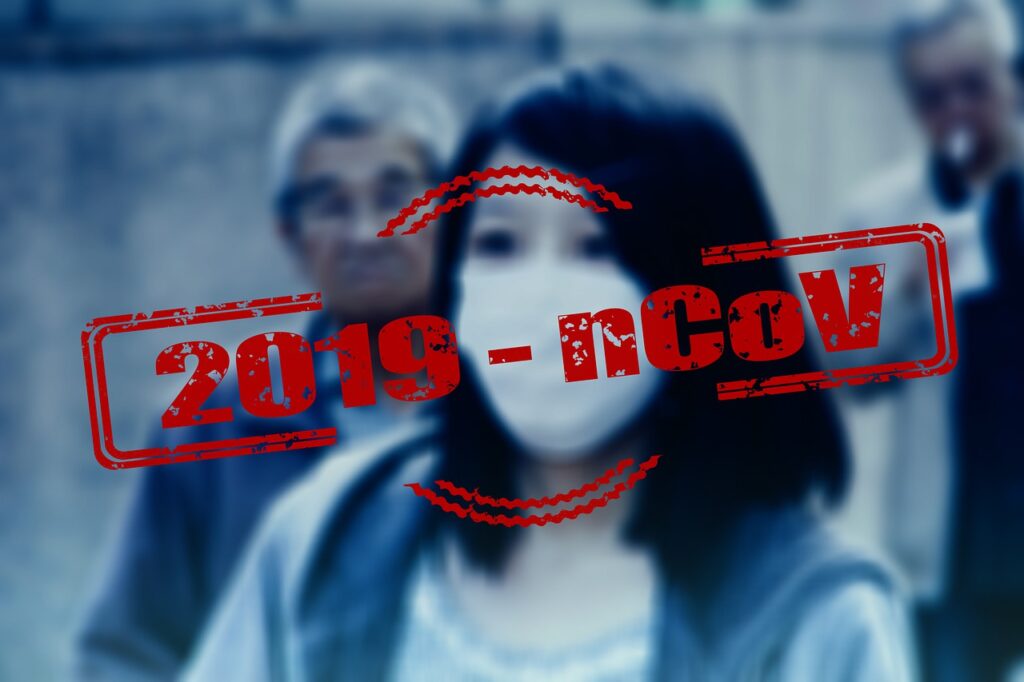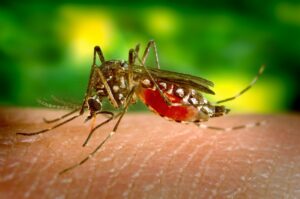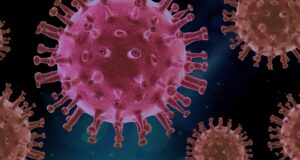Common Cold to Coronaviruses

By Sudipata Samajdar, PhD NHI – February 4, 2020
Common cold is a universal problem during the cooler months, among the all age of people in all over the world. It is the most common infectious disease in humans. It prevalents among the children younger than 6 years, older adults, smokers, health care workers, and people with suppressed immune system. General signs and symptoms which can vary from person to person, might include runny or stuffy nose, sneezing, sore throat, cough, congestion, slight body aches, mild headache, low-grade fever etc. Most of the people recover from a common cold in a week or 10 days without any clinical invasion. Symptoms might last longer in people who smoke. If symptoms don’t improve, need doctor visit.
But do you know the common cause of the common cold?

There are more than 200 viruses that cause the common cold, the human body can never build up immunity to all of them. This is why colds are so common and often return. According to the Centers for Disease Control and Prevention (CDC), adults get 2–3 colds per year, and children may have up to 12 per year. Around 50 percent of colds are caused by rhinoviruses. Rhinovirus (rhin means “nose”) may also cause pneumonia and bronchiolitis, but this is less common. Other cold-causing viruses are human parainfluenza virus, human metapneumovirus, coronaviruses, human respiratory syncytial virus, enteroviruses.
A cold virus enters your body through your mouth, eyes or nose. The virus can spread through droplets in the air when someone who is sick coughs, sneezes or talks. It can also spread by hand-to-hand contact with someone who has a cold or by sharing contaminated objects, such as utensils, towels, toys or telephones. If you touch your eyes, nose or mouth after such contact or exposure, you’re likely to catch a cold. You can also get infected through contact with stool or respiratory secretions from an infected person. This can happen when you shake hands with someone who has a cold, or touch a surface, like a doorknob, that has respiratory viruses on it, and then touch your eyes, mouth, or nose.

When a virus manages to overpower the body’s immune system, infection occurs. The first line of defense is mucus, which is produced in the nose and throat by the mucus glands. This mucus can trap anything inhaled, such as dust, viruses, and bacteria. Mucus is a slimy fluid produced by the membranes of the nose, mouth, throat, and vagina. When the mucus is penetrated by the virus, the virus then enters a cell, the virus takes control and uses the cell’s machinery to manufacture more viruses, and these viruses then attack nearby cells.
But sometimes these viruses can be fatal, like recent coronavirus, designated as Novel coronavirus (2019-nCoV) in China.

The virus has shown evidence of human-to-human transmission and its transmission with several countries across Europe, North America and the Asia-Pacific. Symptoms include fever, coughing and breathing difficulties and it can be fatal. Isolation and quarantine remain the most effective means to prevent the spread of this virus.
In this context we can also remember, an outbreak of severe acute respiratory syndrome (SARS) in southern China caused an eventual 8,098 cases, resulting in 774 deaths reported in 17 countries between November 2002 and July 2003. SARS is a viral respiratory disease of zoonotic origin caused by the coronavirus (SARS-CoV).
So, we should always be careful about some insignificant cold and coughs. You can help reduce your risk of getting a cold by taking some simple precautions like wash your hands often with soap and water. Wash them for 20 seconds, and help young children do the same. You can also use an alcohol-based hand sanitizer. Avoid touching your eyes, nose, and mouth with unwashed hands. Stay away from people who are sick. Practice good cough and sneezing etiquette. If you have a cold, stay at home while you are sick and keep children out of school or daycare while they are sick. Avoid close contact with others, such as hugging, kissing, or shaking hands. Don’t travel to any regions identified by the World Health Organization (WHO) with recent local transmission of these fatal viruses. Remember, antibiotics are ineffective in common cold and there is no significant vaccine to protect you against it.
Let’s meet the author











1 thought on “Common Cold to Coronaviruses”
Comments are closed.